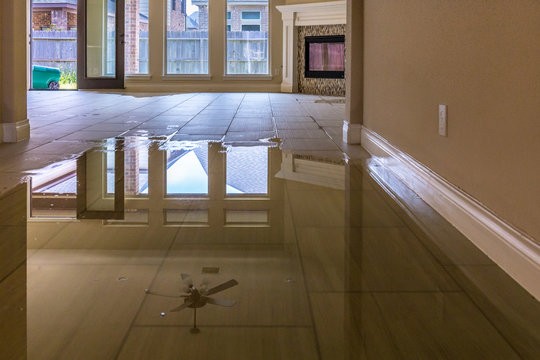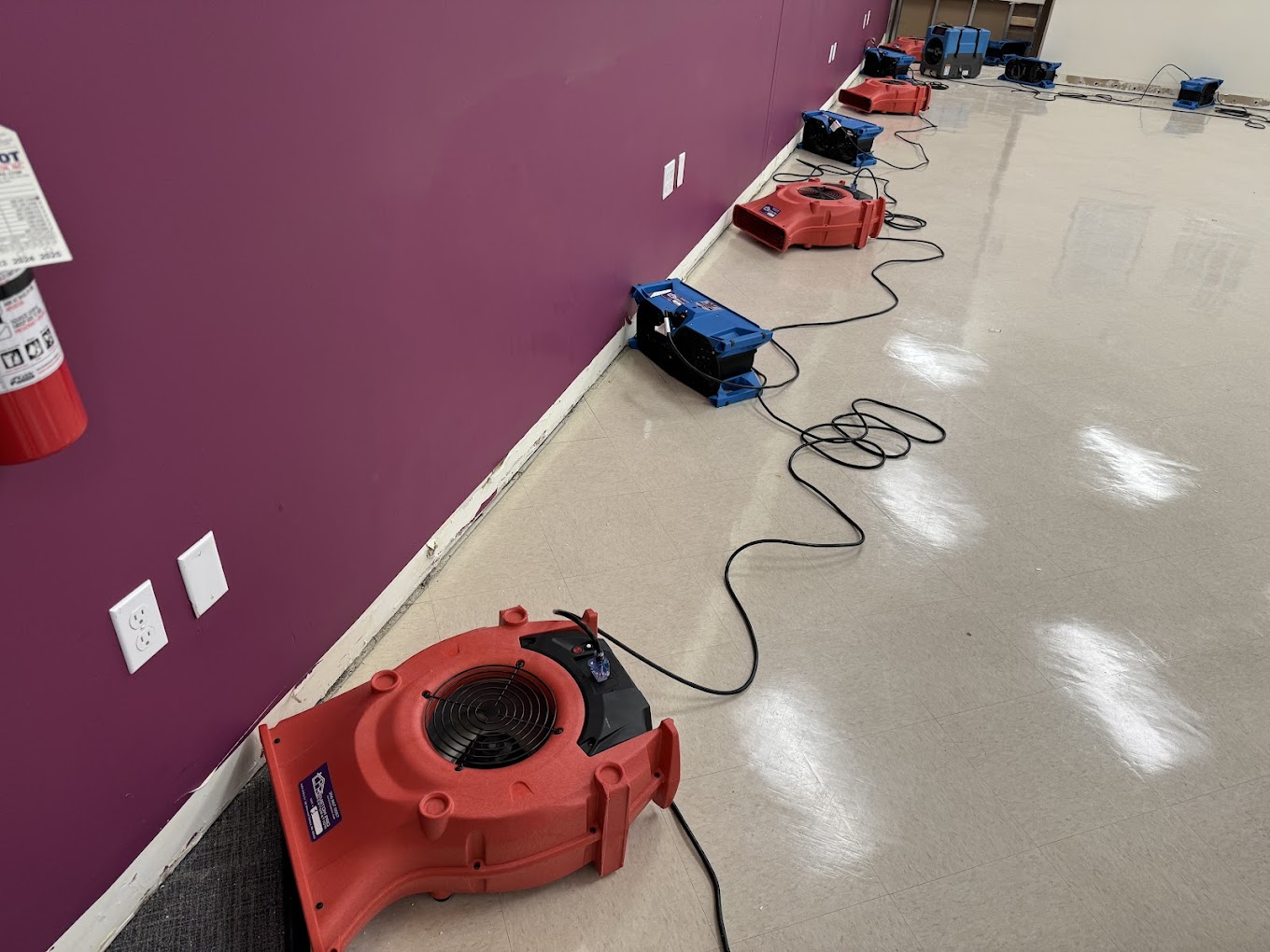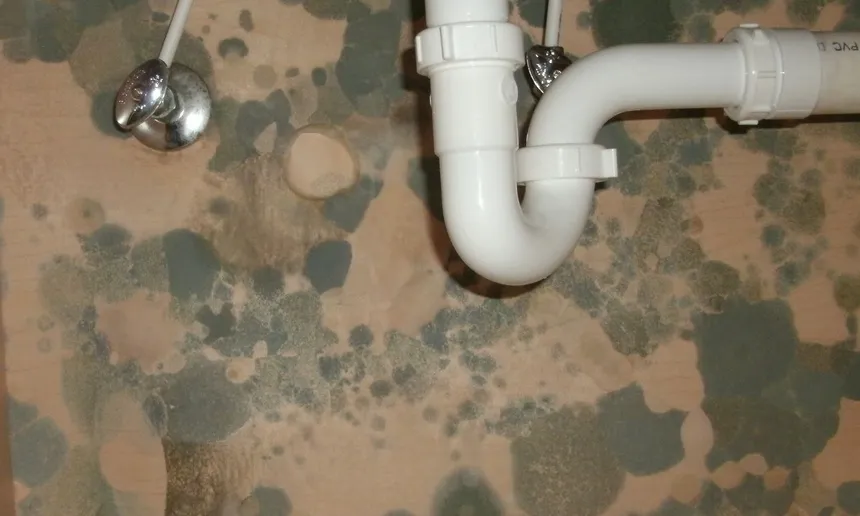
Dec 9, 2024
How Do I Know I Have Mold? A Comprehensive Guide to Identifying Mold Problems

How Do I Know I Have Mold? A Comprehensive Guide to Identifying Mold Problems
Discover how to identify mold in your home or workplace with this detailed guide. Learn about the signs, health symptoms, causes, testing methods, and solutions for mold problems.

Mold is an unwelcome guest in many homes and workplaces, often growing undetected until it has caused significant problems. It thrives in damp, warm conditions and can have serious implications for both your health and property. If you suspect mold might be present, understanding the signs and symptoms is critical to addressing the issue effectively.
This guide walks you through the steps to identify mold, understand its causes, and deal with it promptly to protect your living environment and well-being.
1. Understanding Mold: What Is It and Why Does It Matter?
Mold is a type of fungus that grows in moist, organic-rich environments. It reproduces by releasing tiny spores into the air, which can settle on various surfaces and thrive when conditions are favorable. These microscopic spores are present everywhere, but they become a problem when they land on wet surfaces and grow.
There are many types of mold, ranging from harmless to potentially harmful. Common indoor molds include Aspergillus, Cladosporium, and Stachybotrys, also known as black mold. While molds play an essential role in breaking down organic matter outdoors, they can pose health risks and damage property indoors.
2. Why Mold Is a Serious Concern

Mold is not just an aesthetic or structural issue; it also affects health and safety.
Health Implications
Exposure to mold can trigger a wide range of health issues, especially for individuals with allergies, asthma, or weakened immune systems. Symptoms include respiratory problems, skin irritation, headaches, and in severe cases, neurological issues. Prolonged exposure to toxic mold, such as Stachybotrys, can lead to chronic health problems.
Property Damage
Mold can weaken structural materials like drywall, wood, and insulation. Over time, it can compromise the integrity of your home, requiring costly repairs. Mold growth also devalues properties, making it essential to address the issue promptly.
3. Common Places Mold Grows
Understanding where mold is most likely to appear can help you spot it early.
Indoor Hotspots
Mold thrives in areas where moisture accumulates. This includes bathrooms, basements, attics, and kitchens. Leaky pipes, damp walls, and poorly ventilated spaces are prime locations for mold growth.
Hidden Mold
Mold doesn’t always grow in plain sight. It often hides behind walls, under carpets, or inside HVAC systems. Pay attention to signs such as water stains, warped materials, or unusual odors.
Outdoor Sources
Mold spores exist naturally outdoors and can enter your home through windows, doors, or vents. Ensuring proper filtration and ventilation can reduce the chances of spores settling indoors.
4. Recognizing the Signs of Mold
Spotting mold early can prevent it from spreading and causing more significant problems.
Visible Growth
Mold often appears as dark, fuzzy spots or discoloration on surfaces such as walls, ceilings, or floors. It may also grow on furniture, fabrics, or even in houseplants.
Musty Odors
A persistent musty or earthy smell is one of the most common indicators of mold. This odor is especially strong in enclosed spaces like basements or crawlspaces.
Allergic Reactions
If you or your family members experience symptoms such as sneezing, coughing, itchy eyes, or skin irritation indoors, mold may be the cause.
5. Health Symptoms of Mold Exposure
Mold exposure doesn’t affect everyone the same way, but it can cause a range of symptoms depending on the type of mold and the level of exposure.
Respiratory Symptoms
Mold can irritate the respiratory system, causing symptoms like coughing, wheezing, shortness of breath, or sinus congestion. Those with asthma or other respiratory conditions may experience worsening symptoms.
Skin and Eye Irritation
Direct contact with mold can lead to rashes, redness, or itchy skin. Eyes may become red, watery, and irritated.
Neurological Effects
Prolonged exposure to certain toxic molds has been linked to headaches, dizziness, and cognitive issues such as memory problems or difficulty concentrating.
If you notice any of these symptoms, especially when you’re indoors, it’s important to investigate potential mold problems.
6. How to Test for Mold
Once you suspect mold, confirming its presence is the next step.
DIY Testing
Home mold testing kits are readily available and can provide preliminary results. These kits typically involve collecting air samples or swabbing visible mold and sending the samples to a lab for analysis.
Professional Mold Inspection
For more accurate results, hire a certified mold inspector. Professionals use advanced tools, such as infrared cameras and moisture meters, to detect hidden mold. They can also identify the type of mold and provide recommendations for removal.
7. Causes of Mold Growth
Mold requires three primary conditions to grow: moisture, warmth, and organic material. Understanding the root causes of mold can help you prevent it.
High Humidity
Humidity levels above 60% create an ideal environment for mold. This is why basements and bathrooms, where moisture levels are typically high, are common problem areas.
Water Leaks
Leaky pipes, roofs, or windows can introduce moisture into areas where mold can grow unchecked.
Poor Ventilation
Inadequate airflow traps moisture indoors, allowing mold to thrive. This is especially common in tightly sealed modern homes.
8. Preventing Mold Growth
Prevention is always better than remediation when it comes to mold.
Control Humidity
Use dehumidifiers to maintain indoor humidity levels between 30% and 50%. Regularly monitor moisture levels, especially in basements and bathrooms.
Fix Leaks Quickly
Address water leaks and seepage as soon as they occur. Inspect your plumbing, roofing, and windows regularly for signs of damage.
Improve Ventilation
Ensure proper ventilation in areas prone to moisture, such as kitchens, bathrooms, and laundry rooms. Use exhaust fans and open windows when possible.
9. Dealing With Mold Safely
DIY Mold Removal
For small mold patches, you can clean the area using soap and water or a vinegar solution. Always wear protective gear, such as gloves, masks, and goggles, to avoid exposure.
Professional Mold Remediation
For large infestations or toxic mold, it’s best to call in professionals. They have the expertise and equipment to remove mold safely and completely.
10. Long-Term Mold Solutions
To prevent recurring mold problems, consider the following:
Use Mold-Resistant Materials: When renovating, opt for mold-resistant drywall, insulation, and paints.
Maintain Your Home: Regularly inspect for signs of moisture and address issues promptly.
Monitor Air Quality: Install air purifiers with HEPA filters to capture mold spores.
11. Frequently Asked Questions
How do I know if I have mold in my house?
Check for visible signs like discoloration or spots on surfaces, musty odors, and health symptoms like allergies or respiratory issues.
Is mold dangerous to health?
Mold can trigger allergies, respiratory problems, and, in severe cases, neurological symptoms. Toxic molds can pose significant health risks.
Can I remove mold myself?
You can handle small patches of mold yourself using proper cleaning techniques, but larger infestations require professional remediation.
How do I test for mold?
You can use DIY mold testing kits for initial detection, but professional testing is more accurate and comprehensive.
What is the best way to prevent mold?
Maintain low indoor humidity, fix water leaks, and ensure proper ventilation.
What should I do if I find black mold?
Black mold can be toxic. Avoid direct contact and consult a professional to safely remove it.
Conclusion
Identifying and addressing mold promptly is crucial for maintaining a healthy home and protecting your loved ones. By recognizing the warning signs, understanding the causes, and taking preventive measures, you can effectively manage mold problems and prevent them from returning.




